
This post may contain affiliate links. As an Amazon affiliate, we earn from qualifying purchases. But we only recommend products we would use ourselves. View our Disclosure Policy here.
Bringing home a new puppy is an exciting time, but it also requires some preparation, especially when it comes to your backyard. Your backyard will become a playground, bathroom, and exploration zone for your new furry friend. To ensure your puppy’s safety and happiness, it’s crucial to make your backyard puppy-friendly. We’ve consulted with top dog trainers to bring you the top 14 ways to prepare your backyard for a puppy.
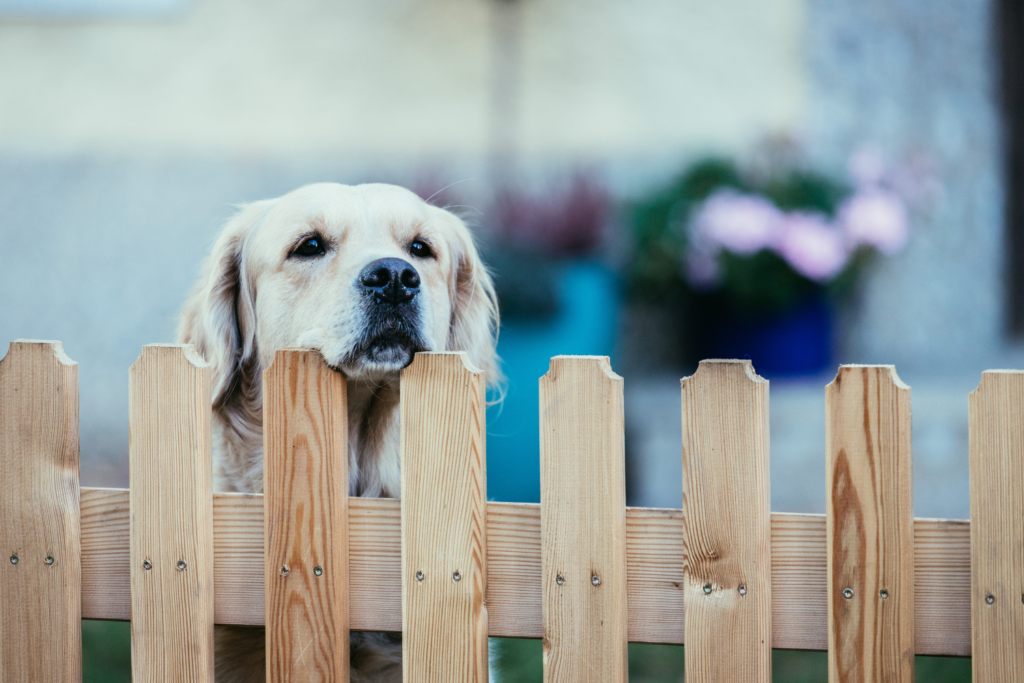
1. Secure the Perimeter
Ensuring the perimeter of your backyard is secure is paramount when preparing for a puppy. Check for any gaps in fences or potential escape routes and make necessary repairs to prevent your puppy from wandering off. A well-maintained fence serves as the primary line of defense in keeping your puppy safe and contained within the yard.
According to renowned dog trainer, Cesar Millan, “A secure fence is the first line of defense in keeping your puppy safe in the backyard.”
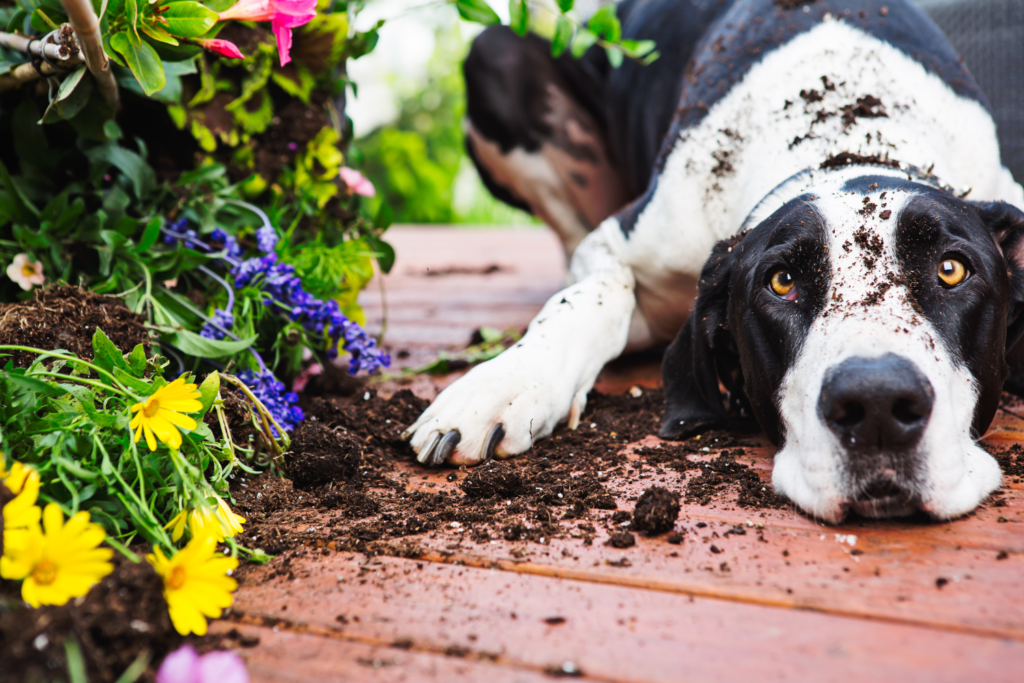
2. Remove Toxic Plants
Puppies are naturally curious and may be inclined to explore and even chew on plants in your backyard. Some common plants can be toxic or harmful to dogs if ingested. Therefore, it’s essential to identify and remove any potentially hazardous plants from your backyard. Research and familiarize yourself with the types of plants that are toxic to dogs, such as azaleas, lilies, and certain types of ivy, and ensure they are completely removed to safeguard your puppy’s health.
Dog trainer Victoria Stilwell advises, “Make sure to remove any toxic plants from your backyard to keep your puppy safe.”
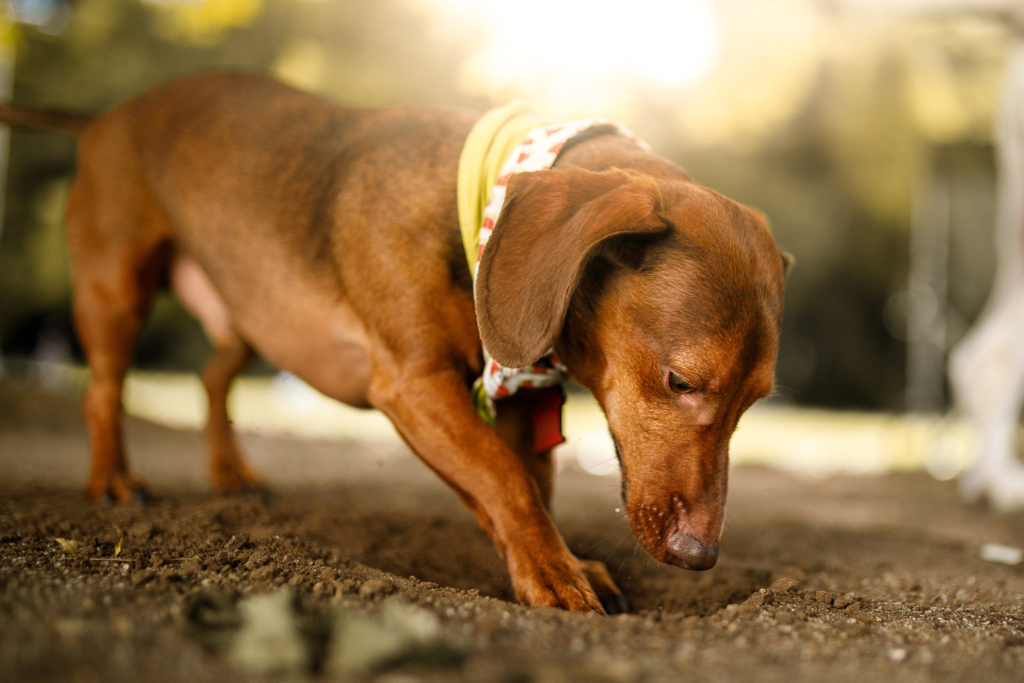
3. Create a Digging Area
Puppies have a natural instinct to dig, which can sometimes result in unwanted holes throughout your backyard. To redirect this behavior and protect your garden or lawn, it’s a good idea to create a designated digging area for your puppy. This can be a specific section of the yard filled with soft soil or sand where your puppy can freely dig to their heart’s content. Providing an approved digging spot will help satisfy your puppy’s natural digging instincts while preserving the rest of your backyard.
Certified dog trainer Zak George suggests, “Creating a digging area with sand or loose soil can help redirect your puppy’s natural digging behavior.”
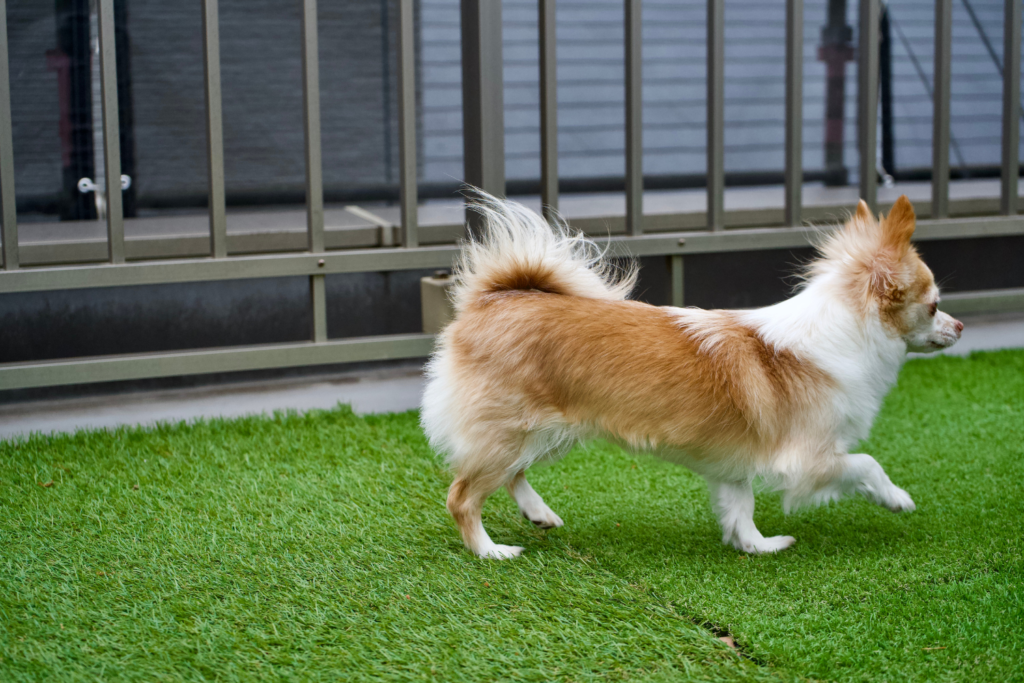
4. Install a Dog-Friendly Surface
Choosing the right surface for your backyard is crucial for your puppy’s comfort, safety, and enjoyment. Opt for a surface that is both durable and dog-friendly, such as artificial turf or gravel. These surfaces are easy to clean, resistant to digging, and provide a comfortable area for your puppy to play and relax. Additionally, they offer good drainage, which can be beneficial during rainy days. Avoid surfaces like concrete or rough stones, as they can be hard on your puppy’s paws and may cause injuries.
Dog trainer and behaviorist Karen Overall emphasizes, “A dog-friendly surface is essential for your puppy’s comfort and safety.”
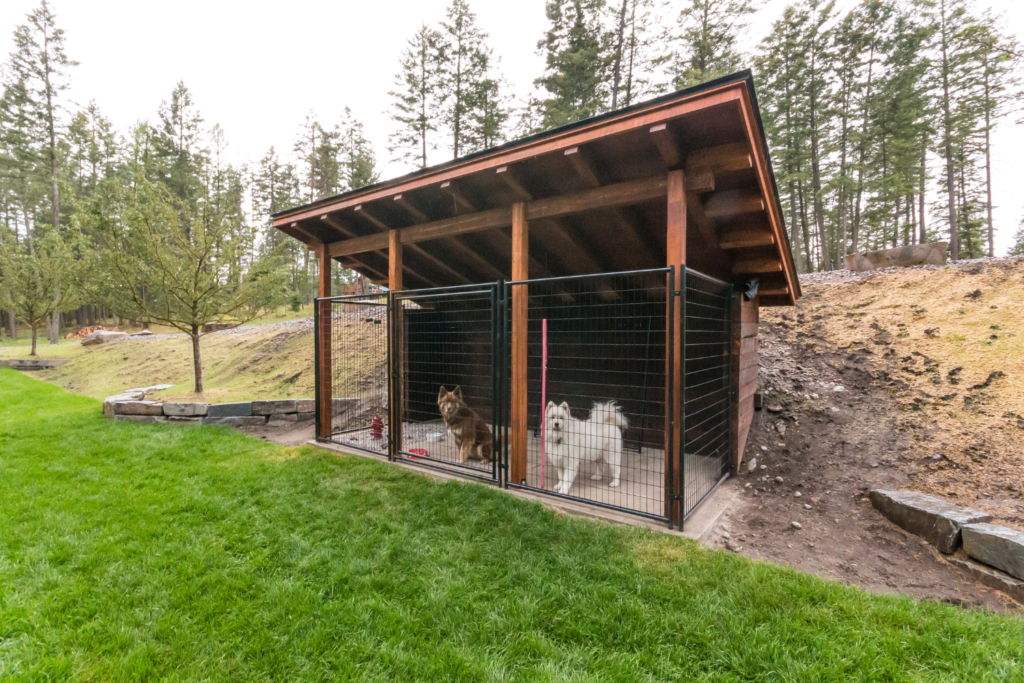
5. Provide Shade and Shelter
Ensuring your backyard has adequate shade and shelter is crucial for your puppy’s well-being, especially during hot summer days or inclement weather. Create shaded areas using trees, umbrellas, or canopies to protect your puppy from direct sunlight and heat. Additionally, provide a shelter or doghouse where your puppy can seek refuge from rain, wind, or extreme temperatures. It’s essential to offer your puppy a comfortable and safe environment where they can rest and relax outdoors without being exposed to harsh weather conditions.
Cesar Millan emphasizes, “Providing shade and shelter is crucial, especially during hot or rainy days.”
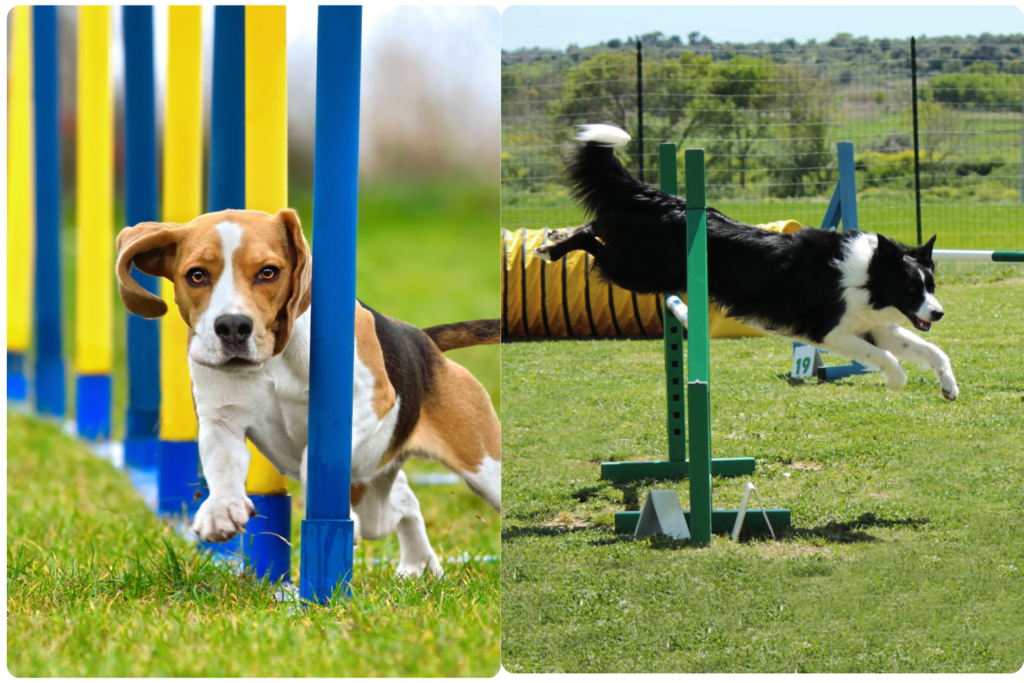
6. Set Up a Play Area
A designated play area in your backyard can help keep your puppy entertained, mentally stimulated, and physically active. Equip this area with a variety of toys, such as chew toys, balls, and interactive toys, to encourage play and exercise. Incorporate obstacles like tunnels or ramps for added fun and stimulation. Regular playtime in a designated area can help prevent boredom, reduce destructive behavior, and promote healthy physical development for your puppy. Make sure the play area is safe and free from any potential hazards or sharp objects.
Victoria Stilwell suggests, “A well-designed play area can help prevent boredom and destructive behavior.”
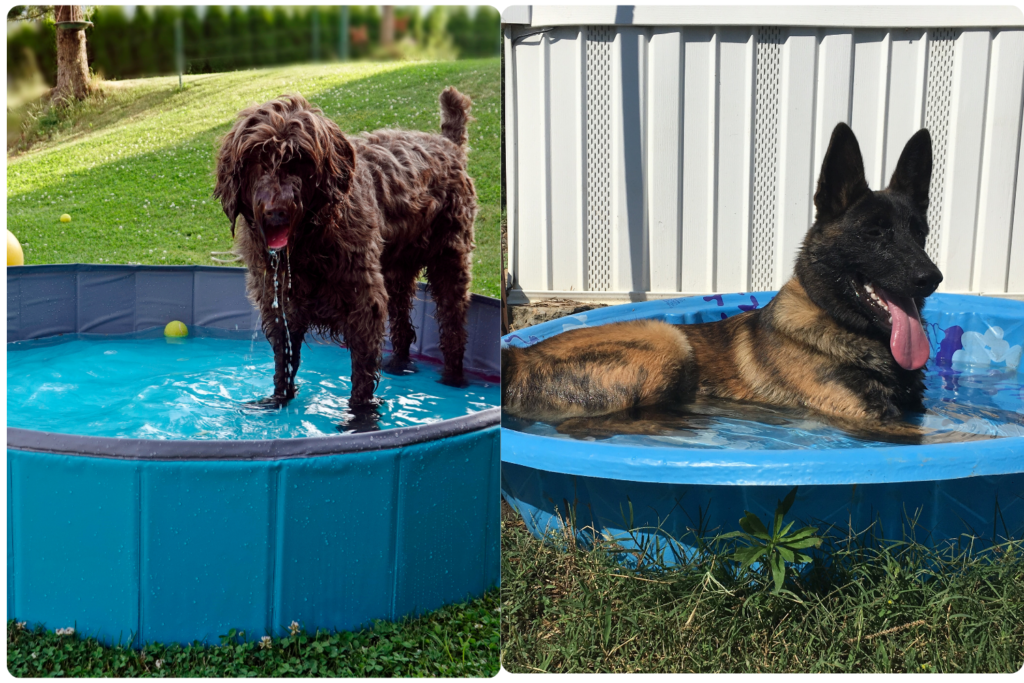
7. Install a Puppy Pool
A shallow puppy pool can be a fantastic addition to your backyard, especially during the warmer months. It provides a fun and refreshing way for your puppy to cool off, stay hydrated, and engage in low-impact exercise. Make sure the pool is shallow enough for your puppy to safely enter and exit. Always supervise your puppy while they are in the pool to prevent accidents and ensure their safety. Introducing your puppy to water in a controlled and positive environment can also help build their confidence and comfort around water as they grow.
Zak George recommends, “Setting up a shallow puppy pool can be a great way for your puppy to beat the heat.”
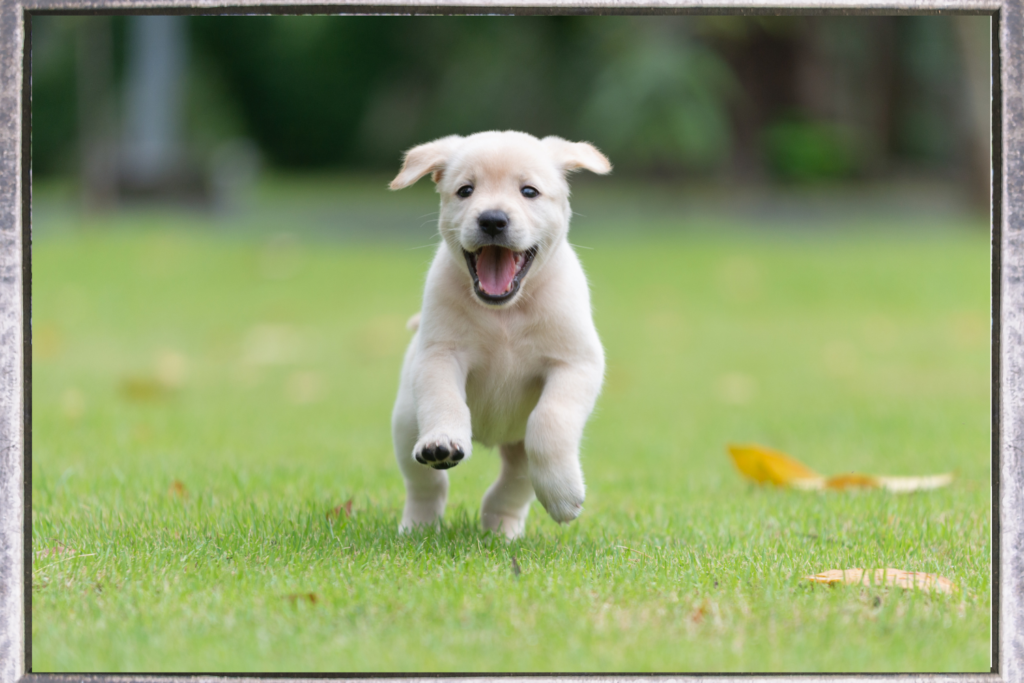
8. Eliminate Pesticides and Chemicals
Chemicals and pesticides used in the yard can be harmful to your puppy if ingested or exposed to their skin. Opt for pet-friendly and organic alternatives when treating your lawn or garden to keep it free from pests and weeds. Regularly inspect your backyard for any signs of chemical treatments and ensure they are stored safely out of your puppy’s reach. By choosing natural and safe products, you can maintain a beautiful yard while keeping your puppy’s health and safety a top priority.
Karen Overall advises, “Opt for pet-friendly and organic alternatives to keep your backyard safe for your puppy.”

9. Secure Garbage and Recycling Bins
Puppies are naturally curious and may be attracted to the smells coming from garbage and recycling bins. To prevent your puppy from getting into potentially harmful substances or consuming spoiled food, secure your bins with tight-fitting lids or store them in an area that is inaccessible to your puppy. Implementing a secure storage solution for your garbage and recycling bins will help keep your backyard clean, safe, and free from potential hazards.
Cesar Millan warns, “Secure garbage and recycling bins to prevent your puppy from getting into potentially dangerous substances.”
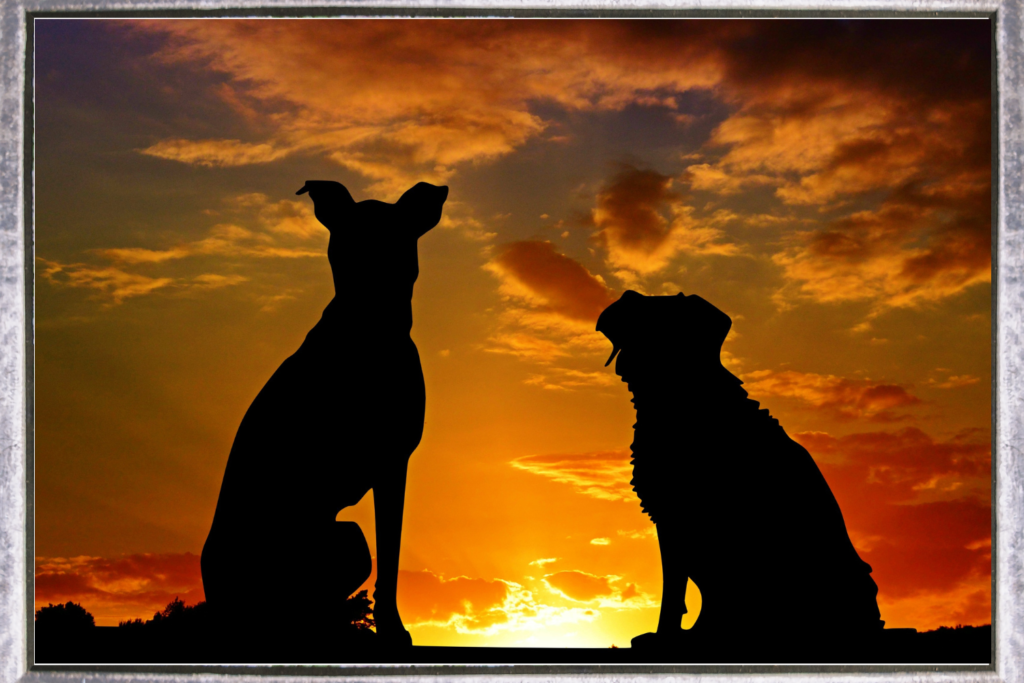
10. Install Proper Lighting
Good lighting in your backyard is essential for ensuring visibility and safety during evening hours. Install adequate outdoor lighting to illuminate pathways, play areas, and other key areas of your backyard where your puppy may roam or play. This will help prevent accidents, enable better supervision of your puppy, and deter unwanted pests or wildlife. Choose energy-efficient and weather-resistant lighting options that can withstand various weather conditions and provide consistent illumination throughout the year.
Victoria Stilwell suggests, “Good lighting is essential for safety and supervision during nighttime activities.”

11. Create a Potty Area
Establishing a designated potty area in your backyard is essential for effective potty training and maintaining cleanliness. Choose a secluded spot away from the main play and relaxation areas and cover it with gravel, mulch, or artificial turf for easy cleaning and maintenance. Encourage your puppy to use this designated spot by consistently directing them to it during potty breaks and rewarding them for successful elimination. Over time, your puppy will learn to associate this area with potty time, making the training process more streamlined and successful.
Zak George advises, “Creating a designated potty area can help streamline the potty training process.”
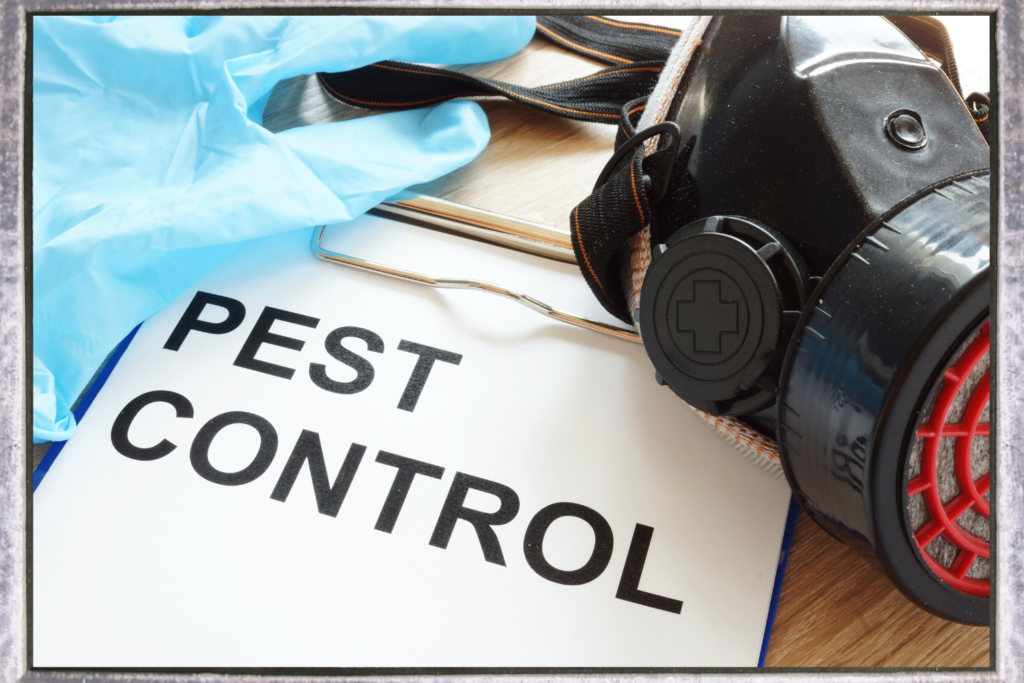
12. Check for Pests and Wildlife
Regularly inspecting your backyard for pests and wildlife is essential to ensure your puppy’s safety and well-being. Look out for signs of infestation or the presence of potentially harmful animals such as snakes, rodents, or insects. Implement pest control measures that are safe for pets and the environment to keep your backyard free from pests and wildlife that could pose a threat to your puppy. By maintaining a pest-free environment, you can create a safer and more enjoyable outdoor space for your puppy to explore and play.
Karen Overall recommends, “Keep an eye out for pests and wildlife to ensure your puppy’s safety and well-being.”
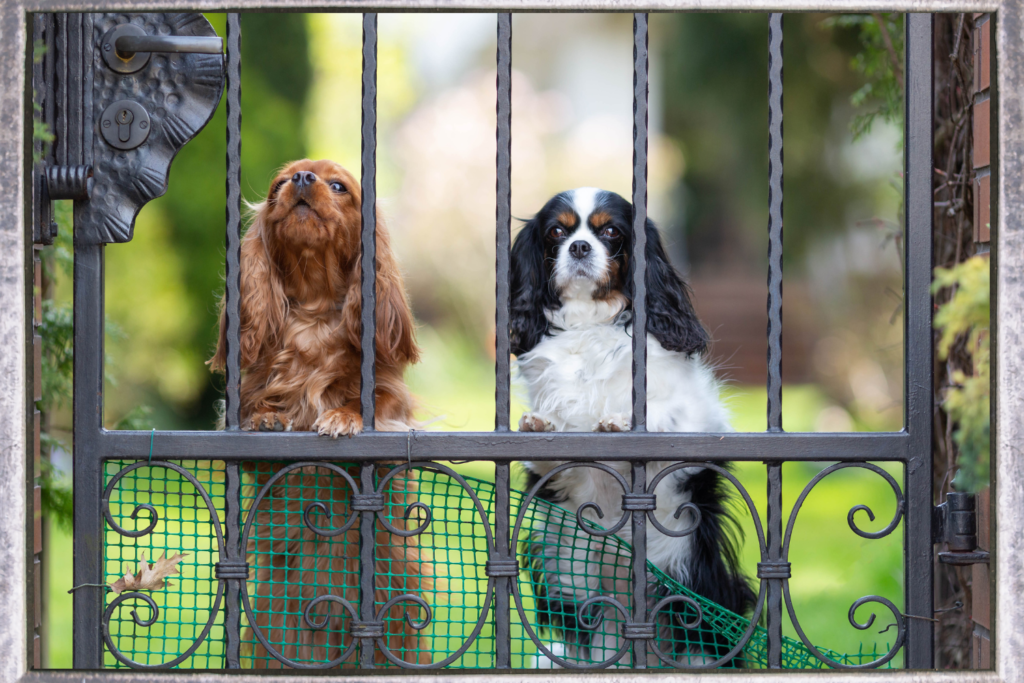
13. Install a Secure Gate
A secure gate with a reliable latch is essential to prevent your puppy from escaping and to keep unwanted visitors out of your backyard. Choose a gate that is sturdy, escape-proof, and easy to operate. Regularly check the condition of the gate and latch to ensure they are in good working order and make any necessary repairs or adjustments promptly. Installing a secure gate will provide an additional layer of protection and help maintain a safe and controlled environment for your puppy to enjoy outdoor activities.
Cesar Millan emphasizes, “A secure gate is crucial for maintaining a safe and controlled environment for your puppy.”
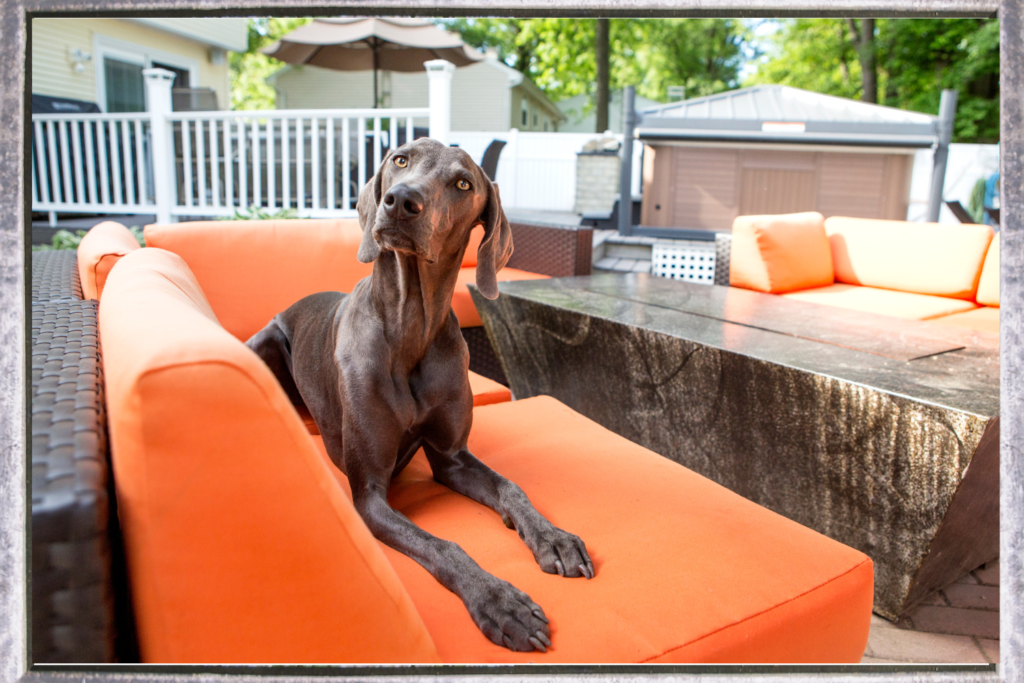
14. Puppy-Proof Patio Furniture
Preparing your patio furniture to be puppy-proof is crucial to prevent accidents and keep your puppy safe while they are exploring the backyard. Remove any sharp edges or potential hazards from your furniture and cover sharp corners with protective padding. Ensure that cushions are securely attached to prevent your puppy from pulling them off and chewing on them, which could lead to ingestion of harmful materials. Store any cleaning products or chemicals used to clean patio furniture in a secure location that is inaccessible to your puppy to avoid accidental ingestion or exposure.
Victoria Stilwell suggests, “Puppy-proofing your patio furniture is just as important as preparing the rest of your backyard.”
Preparing your backyard for a puppy requires thoughtful consideration and careful planning to ensure their safety, comfort, and enjoyment. By implementing the top 14 ways recommended by expert dog trainers, you can create a backyard environment that is both welcoming and secure for your new furry family member. From securing the perimeter to puppy-proofing patio furniture, each step plays a vital role in providing a safe and stimulating outdoor space for your puppy to explore, play, and thrive. With proper preparation and attention to detail, you can look forward to many happy moments and unforgettable adventures with your puppy in your backyard sanctuary.
Other articles you may find interesting. We hope you enjoy our tips, tricks, and ideas.
